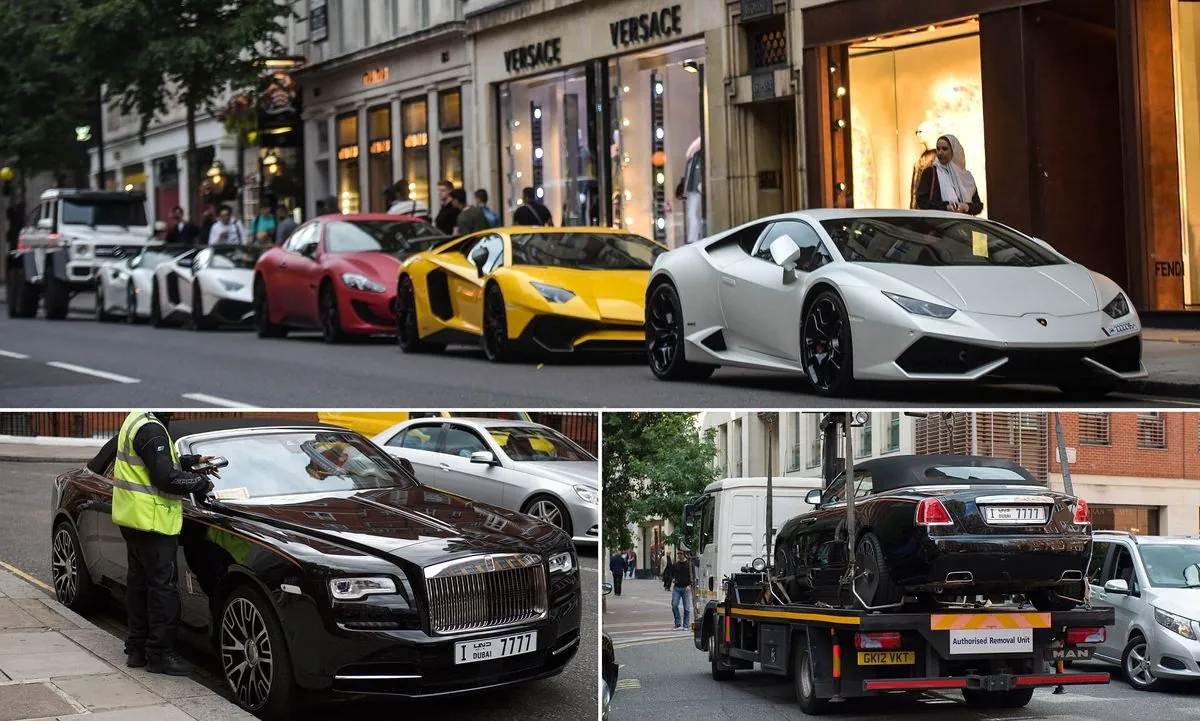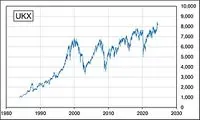UK Road Tax Puzzle: Why New Supercars Pay Less Than Older Models
Explore the perplexing world of UK vehicle taxation, where a 2024 Lamborghini might incur lower road tax than a 2016 Mercedes. Uncover the reasons behind this paradox and its implications for car owners.

In the complex realm of UK vehicle taxation, a curious anomaly has emerged, leaving many car enthusiasts puzzled. A reader, owner of a 2016 Mercedes E63 Estate, recently inquired about the stark difference in Vehicle Excise Duty (VED) between his high-performance wagon and a brand-new Lamborghini Revuelto. This disparity highlights the significant impact of the 2017 tax system overhaul on car ownership costs.
On April 1, 2017, the UK government implemented a new VED system, marking a shift from a purely CO2-based approach to a more complex structure. This change aimed to encourage the purchase of lower-emission vehicles while introducing new elements that have led to unexpected outcomes.
Under the current system, vehicles registered after April 1, 2017, are subject to a first-year tax based on CO2 emissions, followed by a flat rate from the second year onward. Additionally, cars with a list price exceeding £40,000 face a five-year surcharge. This threshold, unchanged since its introduction, has effectively become a stealth tax increase due to fiscal drag.
The implications of this change are striking when comparing the reader's 2016 Mercedes E63 Estate with a new Lamborghini Revuelto. The Mercedes, taxed under the old system, incurs an annual VED of £710 due to its high CO2 output. In contrast, the Lamborghini owner would pay £2,745 in the first year, £590 annually for the next five years, and then only £190 per year thereafter – despite its higher official CO2 emissions of 276g/km.
This scenario illustrates the paradoxical nature of the current system, where a high-performance supercar can potentially incur lower long-term tax costs than an older, less exotic vehicle. It's worth noting that the Revuelto's plug-in hybrid status may contribute to its favorable treatment in emissions tests, further complicating the comparison.

The reverse scenario also presents interesting considerations. Low-emission vehicles registered before April 1, 2017, often benefit from significantly lower VED rates compared to their post-2017 counterparts. This quirk in the system creates an additional factor for consumers to consider when purchasing used vehicles from around this period.
The current VED system has far-reaching implications for the automotive market. It influences consumer behavior, affects the resale value of used cars, and creates unexpected disparities between similar vehicles based solely on their registration date. As the industry continues its shift towards electrification, these tax considerations become increasingly relevant for both manufacturers and consumers.
"When considering a used car purchase, particularly for models registered around 2017, it's crucial to factor in the potential long-term VED costs. The registration date can have a significant impact on annual running expenses, sometimes favoring newer, higher-emission vehicles over older, more efficient ones."
In conclusion, the UK's road tax system, while designed to promote lower-emission vehicles, has created a complex landscape for car owners. The case of the 2016 Mercedes E63 Estate versus a new Lamborghini Revuelto serves as a prime example of the system's intricacies. As the automotive industry evolves and government policies adapt, staying informed about these tax implications remains crucial for making sound vehicle purchasing decisions.


































